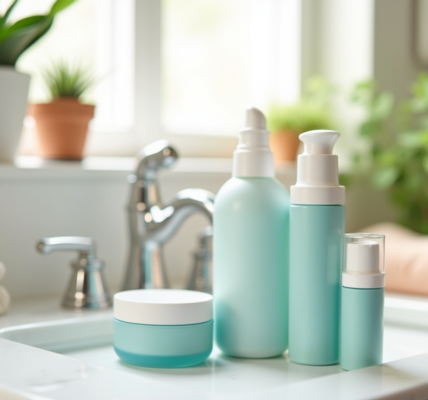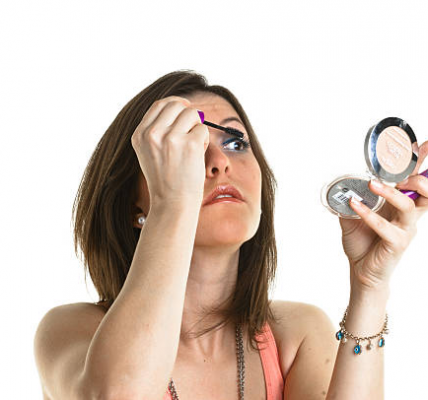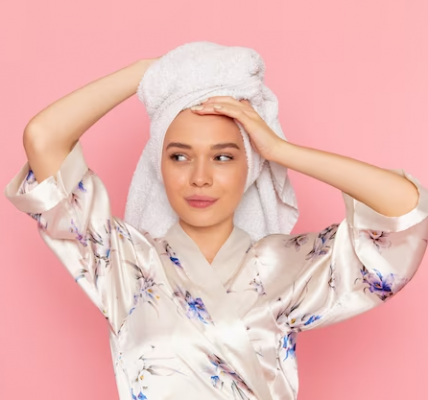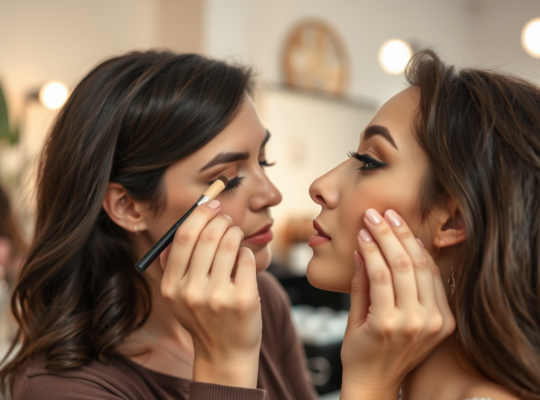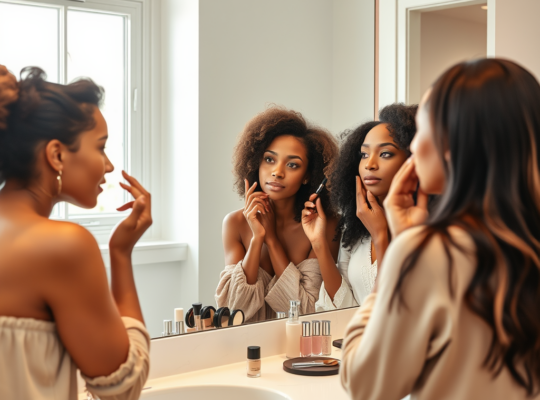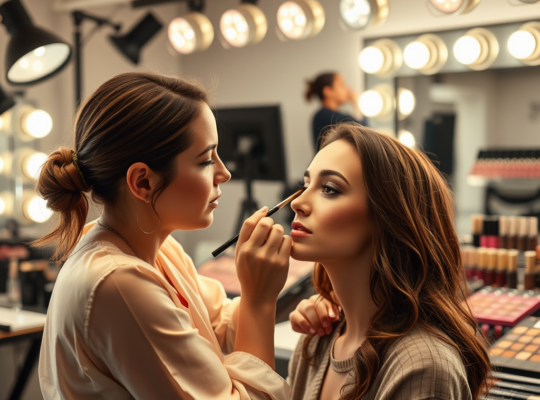Choosing the right foundation color is akin to selecting the perfect wardrobe – it’s a blend of science and art that reflects your unique identity. With countless choices available on the market, each promising to enhance your beauty, navigating through them can be daunting. However, understanding how to match your foundation as per your occasion can elevate both your confidence and overall aesthetic. Today, we’ll demystify the process of foundation selection, breaking it down into manageable steps that cater to your specific needs. Whether you’re preparing for a day at the office, a glamorous event, or tackling seasonal changes, the right foundation can be your best ally. Let’s dive into the world of foundation colors and discover the techniques that will help you shine in every situation.
Understanding Your Skin Tone
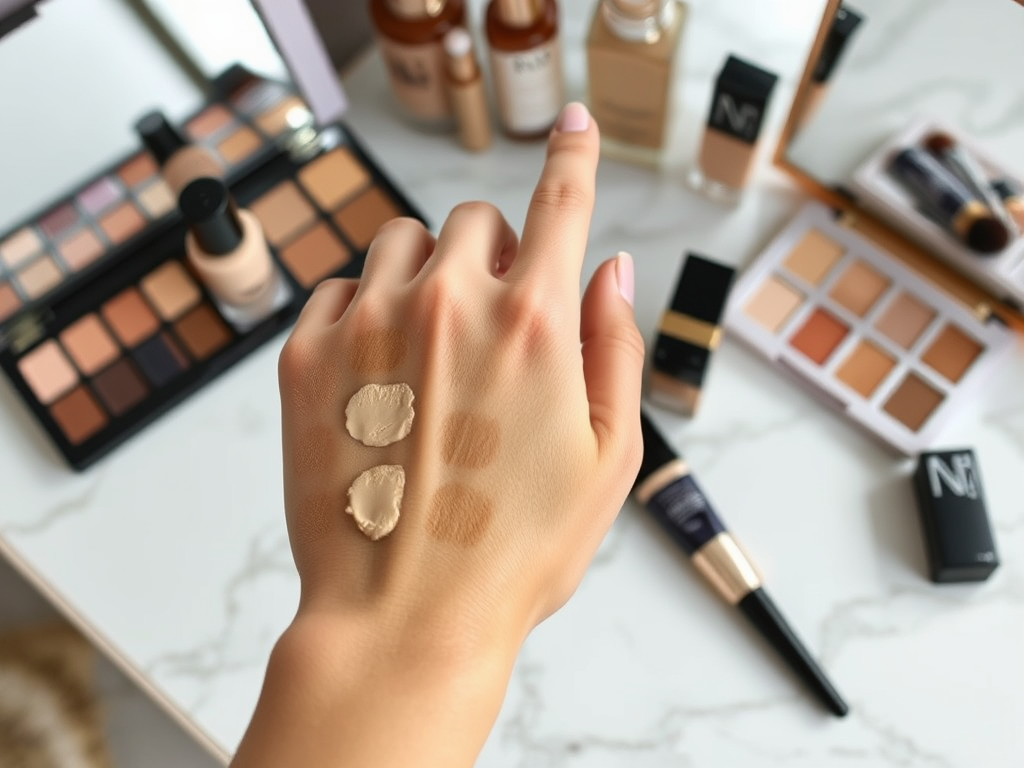
The core of finding the perfect foundation begins with understanding your skin tone. Everyone has a unique undertone that defines their complexion, and knowing whether you have a cool, warm, or neutral undertone is critical. This knowledge not only helps in selecting the right foundation but also in choosing complementary makeup products like blush and bronzer. For instance, foundations with a pink base can enhance cool undertones, while those with a yellow or golden base can flatter warm undertones. Even if you’ve worn makeup for years, you might be surprised at how knowing your undertones can change your approach to beauty. By taking a moment to assess your skin tone, you are giving your makeup game a substantial upgrade.
- Cool Undertones: Typically characterized by hints of pink, red, or blue in the skin. The best foundation shades for cool undertones usually contain pink or berry hues.
- Warm Undertones: This tone has yellow, golden, or peachy notes. Foundations that complement warm undertones typically have a gold or yellow base.
- Neutral Undertones: A mixture of both cool and warm tones. If you can wear both pink and yellow hues comfortably, you likely have a neutral undertone.
Foundation for Everyday Wear
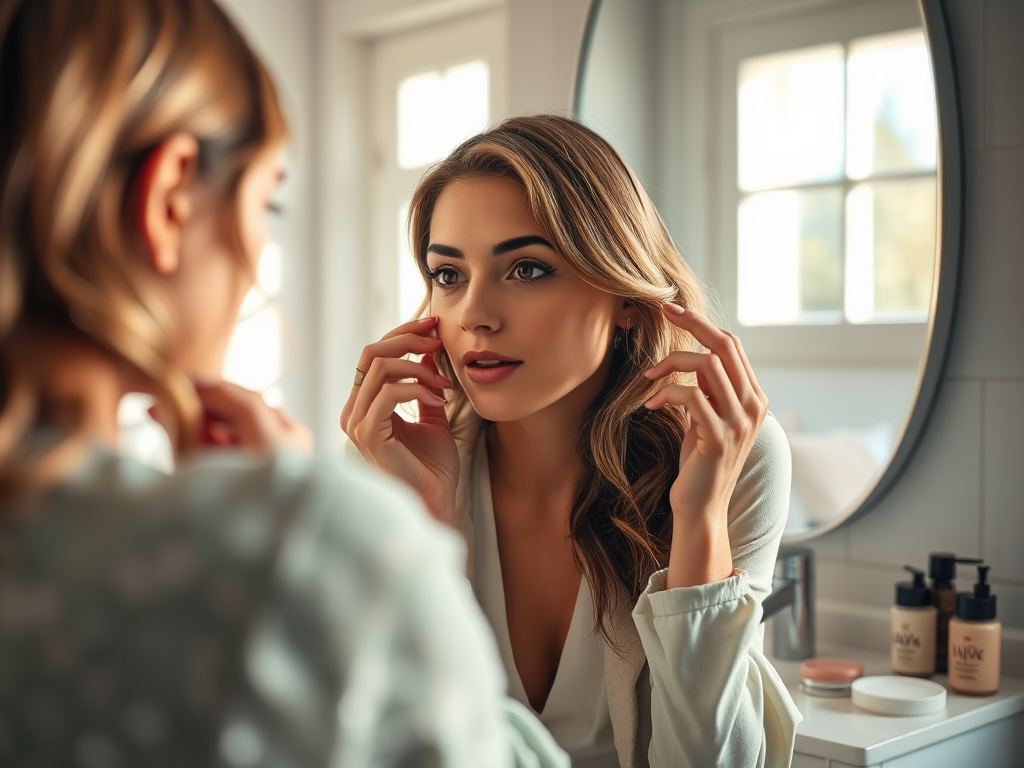
When it comes to foundation for daily wear, the priority is often comfort and a natural look. Choosing a lightweight formula not only ensures that your skin can breathe but also provides a more effortless finish. Lightweight foundations, like tinted moisturizers or BB creams, are ideal for achieving that barely-there makeup vibe while still evening out your skin tone. For a practical approach, consider both your climate and daily activities, as these factors will influence how your foundation wears throughout the day. It’s essential to select a product that merges seamlessly with your skin, letting your natural beauty take center stage.
- Tinted Moisturizers: Great for hydration and minimal coverage.
- BB Creams: Offers light coverage along with skincare benefits.
- CC Creams: Provides color correction in addition to light coverage.
Foundation for Special Events
Events such as weddings, parties, or professional gatherings call for a different approach in foundation selection. Stability and longevity become paramount, as well as the need for a finished appearance that photographs well. In such cases, opting for fuller coverage foundations is advisable. These formulations often contain advanced ingredients that not only cover imperfections but also improve the skin’s texture and appearance. When applying, layering can ensure a flawless look without appearing cakey. Selecting the right shade remains crucial as the proper color enhances your natural features, leaving you looking radiant throughout the event.
Here are some recommended brands for full coverage foundations:
| Brand | Key Features |
|---|---|
| Estée Lauder Double Wear | Long-lasting, transfer-resistant, broad range of shades |
| Fenty Beauty Pro Filt’r | Matte finish, extensive shade options, suitable for all skin types |
| Make Up For Ever Ultra HD | Invisible finish under natural light, highly customizable |
Seasonal Considerations
Your foundation choices should also reflect seasonal changes to ensure a consistent look year-round. During summer, skin often tans, necessitating a slightly darker shade or a different formulation to combat the potential oiliness from heat. In contrast, winter often brings a paler complexion due to reduced sun exposure, requiring adjustments in foundation color and texture. Recognizing these fluctuations is essential for maintaining a flawless appearance. Moreover, lighter, more breathable formulas may feel more comfortable during warmer months, while fuller coverage products can provide hydration during the dryness of winter.
- Summer: Consider using oil-free, lightweight foundations.
- Winter: Creamy, hydrating foundations are preferable to combat dryness.
- Spring/Fall: Transitional shades that can blend with changing skin tones are ideal.
Essential Tips for Testing Foundation Colors
To ensure you are choosing the right foundation, proper testing is essential. Many people make the mistake of selecting a shade solely based on the swatch on their hand or wrist, which can lead to mismatches. The best practice is to test the foundation on your jawline, as this area allows you to see how it blends with both your face and neck. Also, it’s vital to assess the shade in natural light, which reveals the true color and undertone better than artificial lighting. Additionally, it’s advisable to spend some time wearing the foundation before making a final decision, allowing your skin’s oils to interact with the formula for a true indication of how it will perform.
- Always test the foundation on your jawline for a better color match.
- Check the shade in natural daylight to ensure proper undertone alignment.
- Wear the foundation for a few hours to see how it blends with your skin’s oils.
Conclusion
Choosing the right foundation color is an art that involves understanding your skin tone, matching for different occasions, and making seasonal adjustments. By following the guidelines outlined above, you’ll not only enhance your natural beauty but also elevate your overall look. The meticulous attention to your foundation can create a canvas that complements your features flawlessly and provides a sense of confidence. In the bustling world of beauty, the proper technique and knowledge can distinguish between an ordinary look and an extraordinary one. So take the time to explore, test, and perfect your foundation choice—it’s an investment in your radiant self.
Frequently Asked Questions
- How do I know if I have a cool or warm undertone? Look at the veins on your wrist: blue indicates cool, while green suggests warm.
- Can I mix foundation shades? Yes, mixing shades can help create a more tailored match for your skin tone.
- What should I do if my foundation looks too light or dark? Consider using bronzer or highlighter to adjust the overall effect or try a different shade to blend properly.
- How often should I change my foundation color? It’s advisable to reassess your foundation shade with the change of seasons, especially after summer or winter.
- Are there foundations that work for all skin types? Some formulations are considered universal, but it’s best to test for your specific skin type for optimal results.

